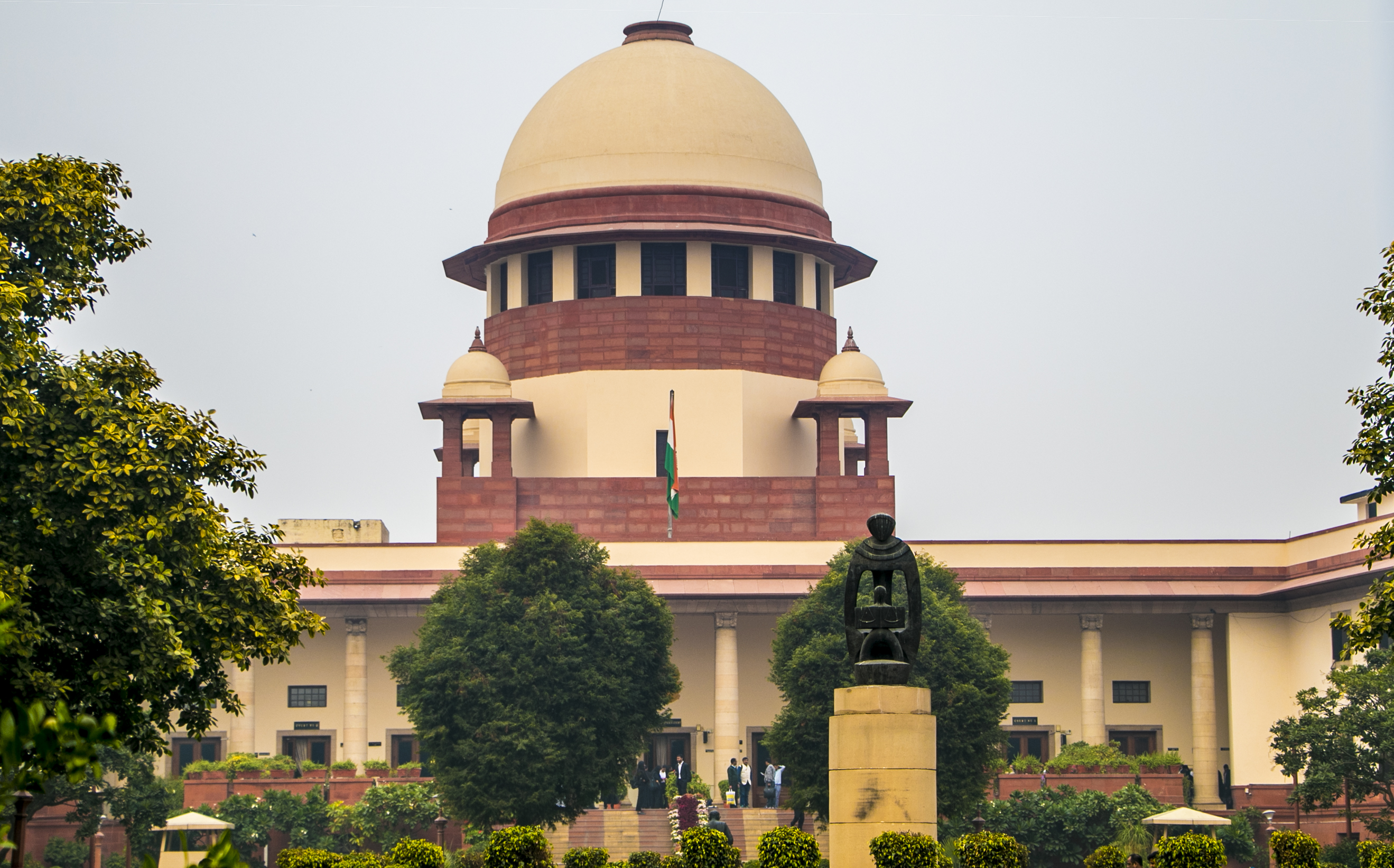Power conferred by Section 254(2) of Income tax Act does not extend beyond rectification of mistakes apparent on record, rules Apex Court

Read Judgment: Commissioner Of Income Tax (it-4), Mumbai V. M/s Reliance Telecom Limited
Pankaj Bajpai
New Delhi,December 6,2021: The Supreme has recently held that the power conferred by Section 254(2) of the Income tax Act do not extend beyond rectification of mistakes apparent on record.
A Division Bench of Justice M.R Shah & Justice B.V Nagarathna therefore observed that solely because the Revenue Department might have in detail gone into the merits of the case before the ITAT & merely because the parties might have filed detailed submissions, it does not confer jurisdiction upon the ITAT to pass the order de hors Section 254(2) of the I-T Act.
Going by the background of the case, Reliance Telecom (Assessee) entered into Supply Contract with Ericsson A.B. Later, the Assessee filed an application u/s 195(2) of the I-T Act before the AO, to make payment to the non-resident company for purchase of software without Tax at source (TDS).
It was contended by the assessee that it was for the purchase of software and Ericsson A.B. had no permanent establishment (PE) in India and in terms of the DTAA between India and Sweden & USA, the amount paid is not taxable in India. The AO however passed an order rejecting the assessee’s application holding that the consideration for software licensing constituted u/s 9(1)(vi) of the I-T Act and under Article 12(3) of the DTAA is liable to be taxed in India and accordingly directed the assessee to deduct tax at the rate of 10% as royalty.
The matter reached the Tribunal (ITAT) where it was held that payments made for purchase of software are in the nature of royalty. Challenging the same, the Assessee filed miscellaneous application for rectification u/s 254(2) of the I-T Act. Simultaneously, the Assessee also filed appeal before the High Court.
In the meanwhile, the ITAT allowed the Assessee’s miscellaneous application filed u/s 254(2) of the Act and recalled its original order. Immediately, on ITAT recalling its earlier order, the Assessee withdrew the appeal preferred before the High court.
After considering the arguments, the Apex Court noted that the High Court has dismissed the writ petitions by observing that:
(i) The Revenue itself had in detail gone into merits of the case before the ITAT and the parties filed detailed submissions based on which the ITAT passed its order recalling its earlier order;
(ii) The Revenue had not contended that the ITAT had become functus officio after delivering its original order and that if it had to relook/revisit the order, it must be for limited purpose as permitted by Section 254(2) of the Act; and
(iii) That the merits might have been decided erroneously but ITAT had the jurisdiction and within its powers it may pass an erroneous order and that such objection had not been raised before ITAT.
The Top Court found that even the observations that the merits might have been decided erroneously and the ITAT had jurisdiction and within its powers it may pass an order recalling its earlier order which is an erroneous order, cannot be accepted.
Thus, if the order passed by the ITAT was erroneous on merits, in that case, the remedy available to the Assessee was to prefer an appeal before the High Court, which in fact was filed by the Assessee before the High Court, but later on the Assessee withdrew the same in the instant case, added the Court.
Considering the fact that the Assessee had earlier preferred appeal/s before the High Court challenging the original order passed by the ITAT, which the Assessee withdrew in view of the subsequent order passed by the ITAT recalling its earlier order, the Apex Court concluded that if the Assessee/s prefers/prefer appeal/s before the High Court against the original order within a period of six weeks from today, the same may be decided and disposed of in accordance with law and on its/their own merits and without raising any objection with respect to limitation.
Sign up for our weekly newsletter to stay up to date on our product, events featured blog, special offer and all of the exciting things that take place here at Legitquest.




Add a Comment